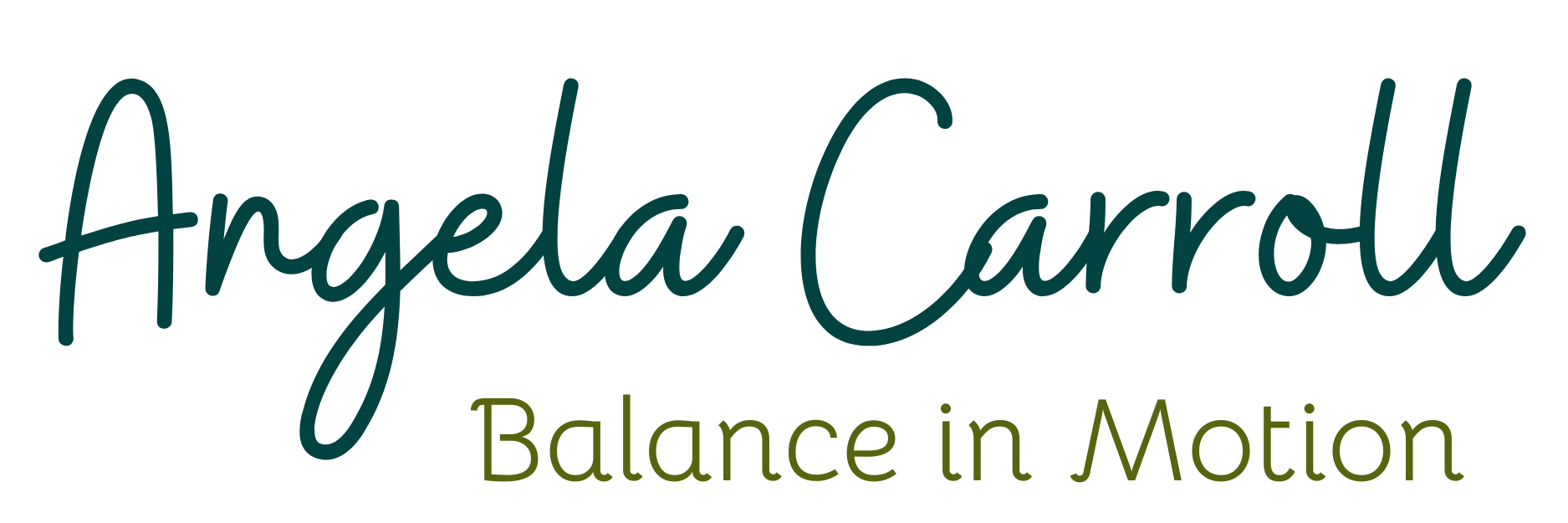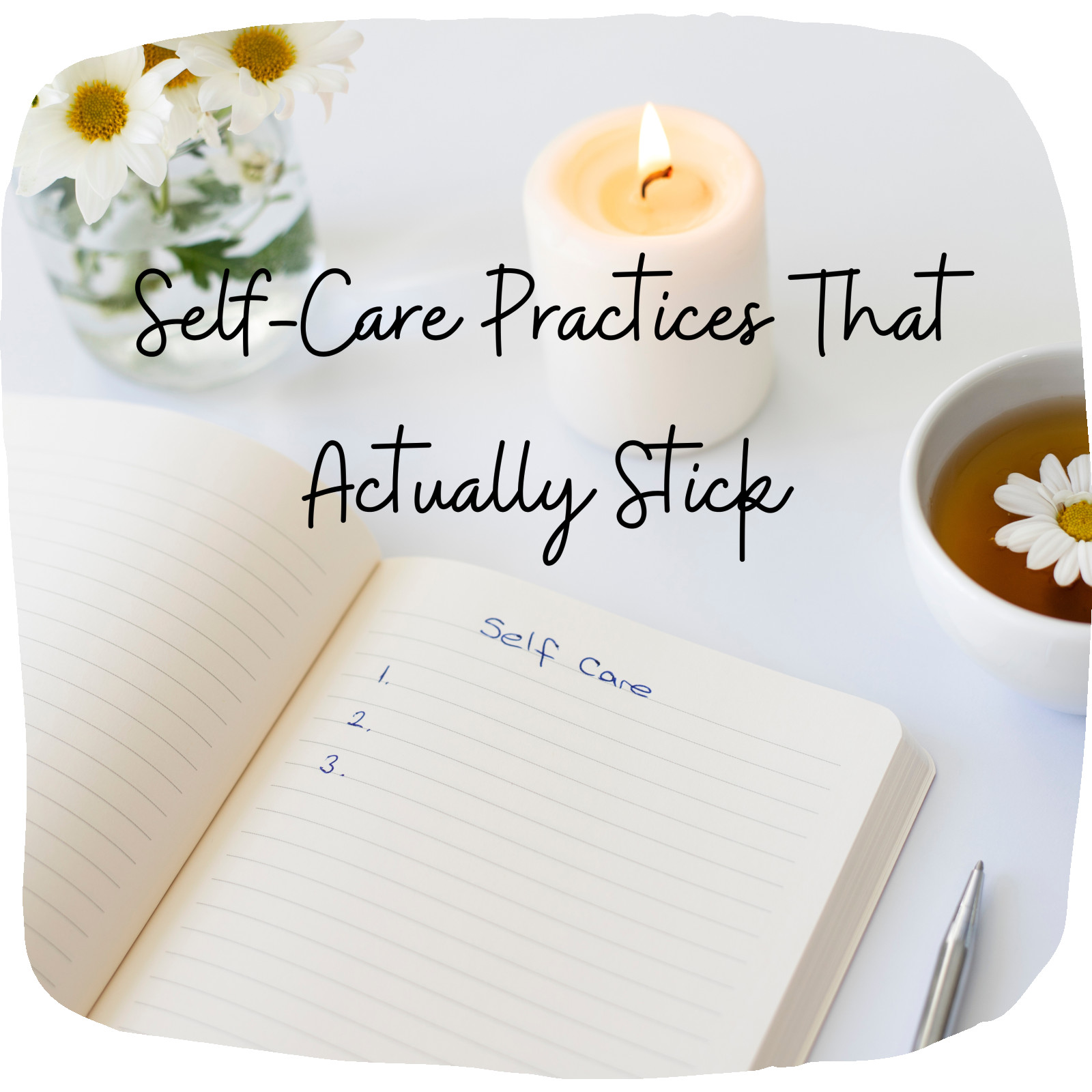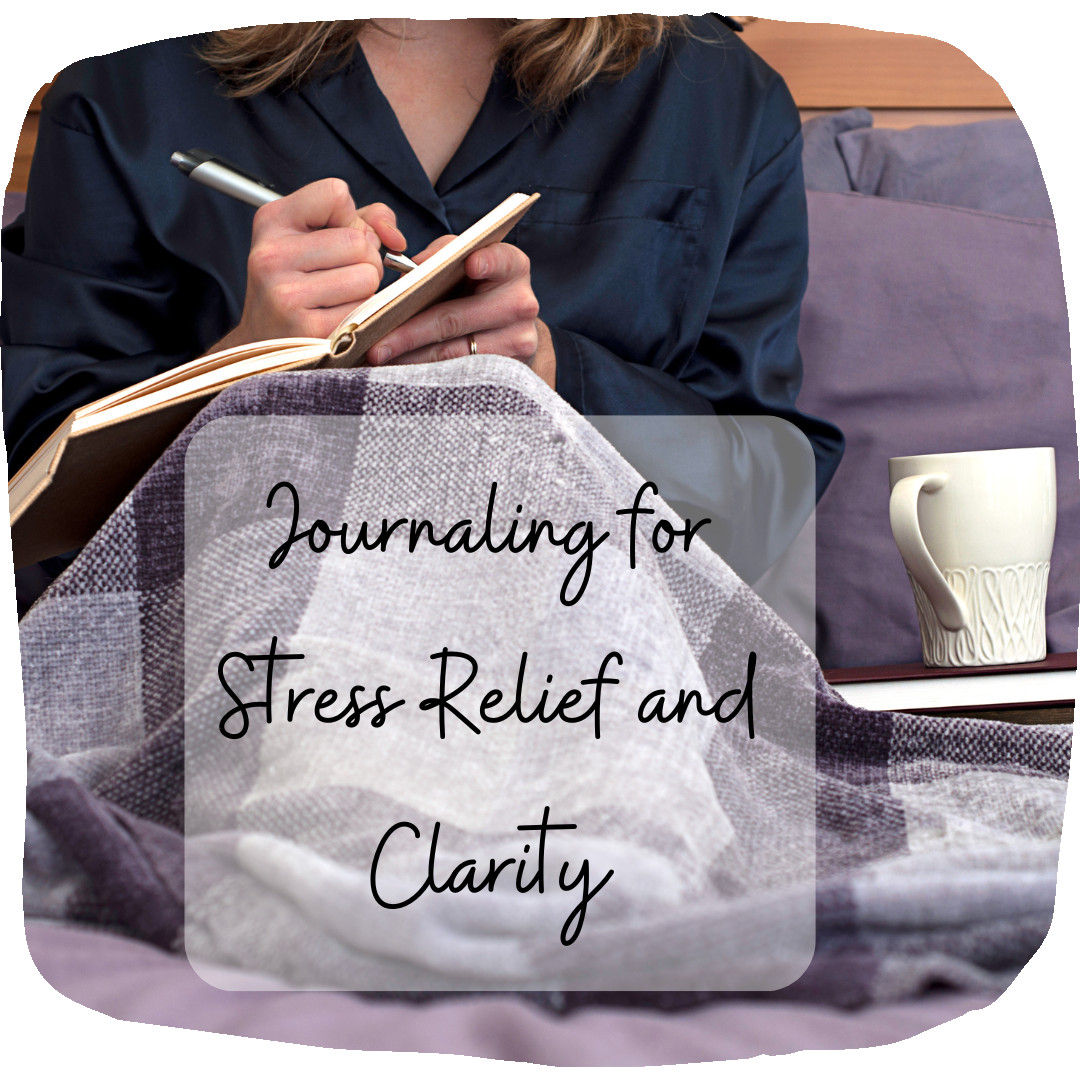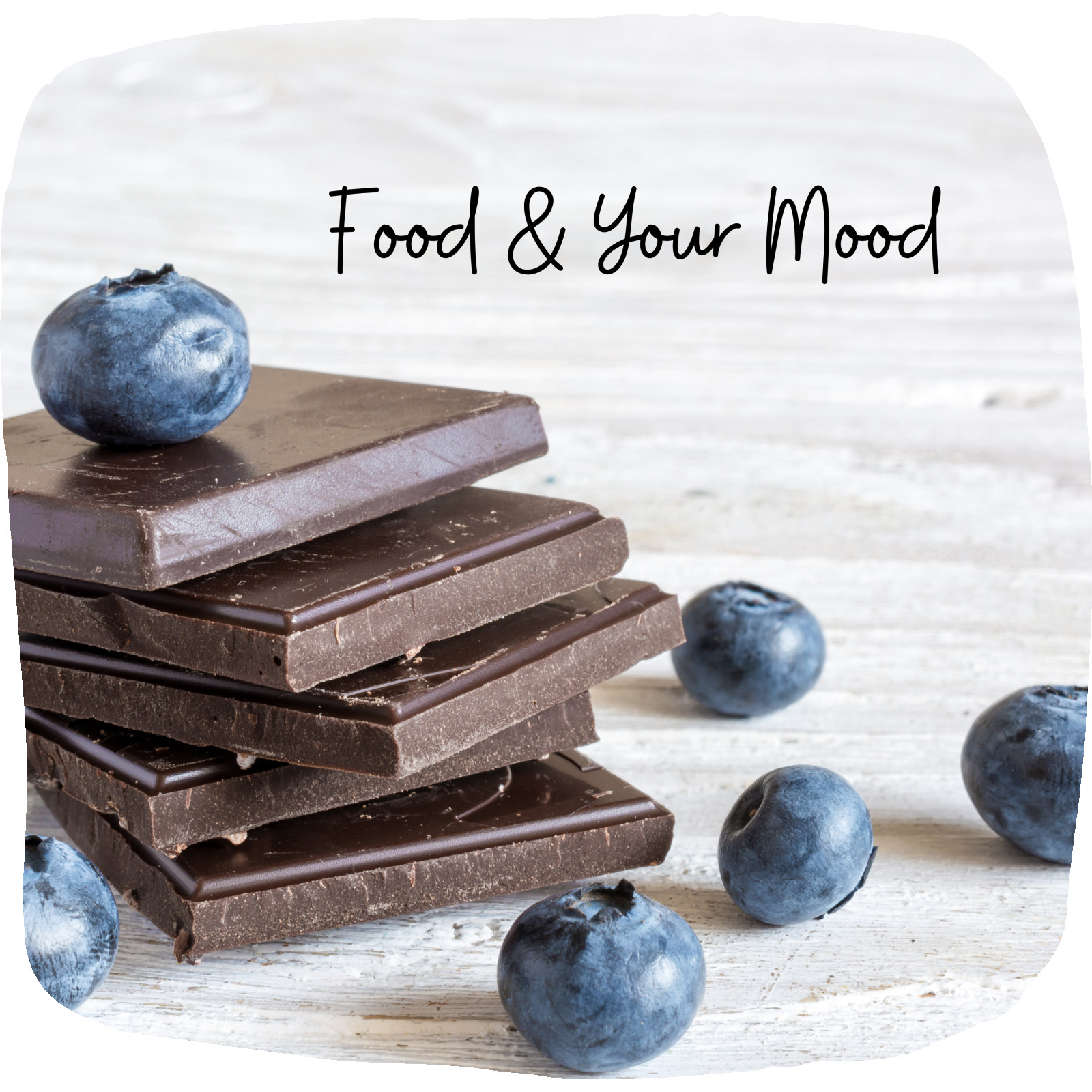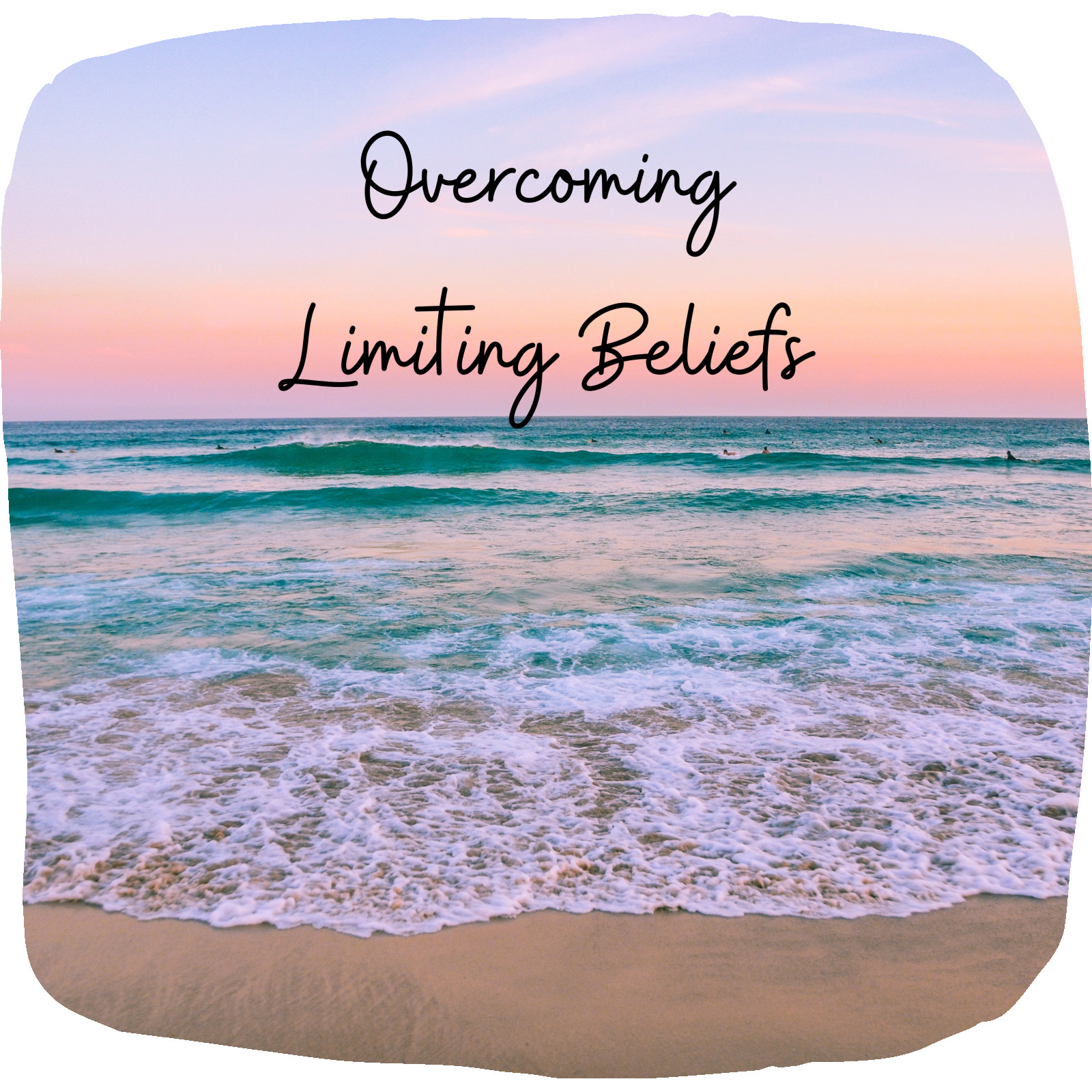
The Importance of Nutrition in Holistic Health
We Are What We Eat
We've all heard the saying, "You are what you eat." It's a saying that's been passed down through generations, and for good reason. Our bodies are a complex system that thrives on the quality of fuel we provide it. When we fill our bodies with junk food, we end up feeling like junk—tired, sluggish, and unmotivated. But when we nourish ourselves with clean, holistic foods, the transformation is almost magical. We feel energetic, vibrant, and whole.
Understanding Holistic Nutrition
Holistic nutrition goes beyond just counting calories or obsessing over macro ratios (something I simply don't do). It's about understanding the profound connection between the food we eat and our overall well-being. What we put into our bodies affects not only our physical health but also our mental and emotional states.
The Basics of Holistic Nutrition
- Whole Foods: Focus on eating foods that are as close to their natural state as possible. Think fresh fruits, vegetables, whole grains, nuts, seeds, and lean proteins.
- Quality Over Quantity: It's not just about how much you eat but what you eat. Opt for organic and locally sourced foods whenever possible.
- Balance: A balanced diet includes a variety of nutrients that your body needs to function optimally. This means incorporating a mix of carbohydrates (yes, you really do need carbs), proteins, and fats.
- Mindful Eating: Pay attention to how and when you eat. Slow down and savor your meals. Listen to your body's hunger and fullness cues.
The Impact of Nutrition on Health
I've seen firsthand the incredible impact that good nutrition can have. If I don't eat right, I struggle with chronic fatigue and brain fog. No matter how much I sleep I get, I don't feel truly rested. It wasn't until I started paying attention to my diet that things began to change. By incorporating more whole foods and eliminating processed junk, I'm finding a new level of energy and mental clarity that I didn't know was possible.
For those of you battling conditions like Chronic Inflammatory Response Syndrome (CIRS) or Fibromyalgia, like me, the importance of nutrition cannot be overstated. While it's not a cure-all, proper nutrition can significantly alleviate symptoms and improve your quality of life.
Specific Benefits
- Increased Energy Levels: Whole foods provide sustained energy without the crashes associated with processed sugars and refined carbs.
- Improved Mental Clarity: Nutrient-dense foods support brain health, leading to better focus and cognitive function.
- Enhanced Immune Function: A balanced diet rich in vitamins and minerals strengthens your immune system, making you less susceptible to illness.
- Better Mood: Believe it or not, what you eat can affect your mood. Nutrient-rich foods help stabilize blood sugar levels, reducing mood swings and anxiety.
Practical Tips for Holistic Nutrition
Transitioning to a more holistic diet doesn't have to be overwhelming. Start small and build from there. Here are some tips to get you started:
- Meal Prep: Prepare your meals in advance to avoid the temptation of fast food.
- Stay Hydrated: Drink plenty of water throughout the day. Sometimes what we perceive as hunger is actually thirst.
- Read Labels: Be mindful of what's in your food. Avoid ingredients that you can't pronounce.
- Listen to Your Body: Everyone's nutritional needs are different. Pay attention to how different foods make you feel and adjust accordingly.
Conclusion
Nutrition is everything. It's the foundation upon which our health is built. By making mindful choices about what we eat, we can take control of our well-being and lead more vibrant, fulfilling lives.
Are you ready to take the first step toward transforming your health through nutrition? Book a Free Consultation Today and let's explore how you can start your holistic wellness journey. Together, we can create a nutrition plan that's tailored to your unique needs and goals. Let's make health happen!

Life with fibromyalgia can feel like dancing through landmines, with each step potentially triggering an explosion of pain, fatigue, and a landslide of other symptoms. So, let's tackle something most fibromyalgia warriors can relate to: figuring out whether what you eat can aggravate your symptoms. Because sometimes, knowing what not to eat is just as important as knowing what pills to take. Ok, who am I kidding? It's more important than knowing what pills to take.
Fibromyalgia is like a crazy riddle, a puzzle where each answer leads to a dozen new questions. It’s a condition without a clear cause and is known for its elusiveness in treatment. Symptoms like chronic pain, fatigue, and cognitive issues, or "fibro fog" as we like to call it, are just the tip of the iceberg.
I fully believe food can play a role in exacerbating or soothing these symptoms. Imagine struggling with your everyday routine, battling endless exhaustion, and then realizing that what you ate for breakfast might have had a hand in your aches. (Been there, done that.) Understanding the relationship between diet and fibromyalgia is a puzzle piece that can significantly impact overall wellness and quality of life.
There’s no shortage of diets out there, but for us fibro warriors, food choices can be loaded with more significance than simply calorie counting (which I never do, by the way). The concept of "trigger foods" isn't just a cliche—it's a crucial, yet often overlooked, part of managing fibromyalgia.
Certain foods may induce an inflammatory response, which is the last thing someone with fibromyalgia needs. Inflammation is like the villain in a superhero movie—it’s everywhere at once and hard to pin down. It's why understanding how your diet can fuel the fires of fibromyalgia symptoms is so important.
To start the process of elimination, here's a menu of commonly suspected fibromyalgia trigger foods:
- High-Glycemic Foods: That post-sugar crash? It's not your friend.
- Red Meat: It’s not just about the fat content. There's something about red meat that doesn't sit well with fibromyalgia.
- Caffeine: A double-edged sword. In moderation, it can be uplifting, but overconsumption might lead to a caffeine hangover—a trigger for fibro fog.
- Artificial Additives: It’s a far cry from "mother knows best" when it comes to man-made flavors and preservatives.
But remember, these foods don’t affect everyone the same way. Each body is a unique recipe of genetics, lifestyle, and, of course, diet.
Now it’s time to play chef. What's the recipe for a diet that's fibromyalgia-friendly? Here's a taste of what you can cook up:
- Start a Food Journal: Write it down, every morsel. Not everyone keeps a journal, but this one might hold the key to your health.
- Experiment with Elimination Diets: Think of it as a lesson in learning to listen to your own body.
- Stocking Your Shelves the Smart Way: You are what you eat, so be a smart shopper. Load up on whole, unprocessed foods.
- Supplement Sensibly: Your plate might not be getting all the nutrients it needs. Talk to a holistic practitioner about supplementing your diet.
- Hydrate and Recover: Water isn’t just for fish. Staying well-hydrated helps with overall pain management.
Shifting your relationship with food from necessity to a fuel for wellness is empowering. It's like discovering a new superpower. Trial and error may seem daunting, but every step towards uncovering your dietary triggers is a step away from unnecessary suffering.
Take control where you can, experiment with where you’re willing. Sometimes, it’s the seemingly small changes that create the most significant ripple effects in our health.
This isn't a sprint. It's more of a food marathon, a lifelong taste test of what works for you and what doesn’t. There's no one-size-fits-all approach, but you're creating a personalized menu for health. Immerse yourself in the experience with patience. And remember, you’re not just eating—you’re healing.
If you think certain foods might be affecting your fibromyalgia, start the conversation with a healthcare provider or nutrition coach. They're your sous-chefs in this culinary exploration of symptom management. Be patient, have fun in this new adventure, and remember, sometimes the most insightful discoveries come between bites.
Grab my free guide to learn more about managing fibromyalgia naturally.

It’s been a minute since my last blog post. Summer kind of took over and ran away with my life for a bit. But I’m back and ready to begin again after a short, but much needed, vacation.
And speaking of vacation, why not let that inspire my next blog? Read on for some trips or staying healthy while traveling and on vacation!
I will be the first to admit that staying on track while traveling and on vacation is far from the first thing on my mind. I don’t want to have to think when I’m taking a break from reality. And I love easy and simple! But I also love feeling my best and want to be able to fully enjoy my time away. So I try to choose healthy as often as possible. Here are a few ways I do that:
- Take snacks with you. Some that I find easy to grab and go, even if I’m flying, are trail mix, rice cakes, Lara bars (or another healthy fruit or granola bar), and fresh or dehydrated fruit and veggies.
- Stay in a place with a kitchen. Even if you don’t plan on cooking the whole time, you’ll want a kitchen. Trust me. You get a bigger area to store all the yummy goodness that’s going to fuel you while on vacation. And you might just find inspiration to cook a time or two.Or at the very least, have salad ingredients on hand for a healthy, throw together meal. Other healthy options to stock your kitchen with might include smoothie ingredients and oatmeal.
- Scope out healthy eats before you arrive. You can find healthy choices when eating out. You just may have to look a little harder to find them.
- Get active! Go for a hike, find other outdoor activities, take your yoga mat and find your zin, head to a gym (some places will have one included in the price!). Whatever you do, make sure you move your body. Don’t just sit and let your vacation pass you by.
- That being said, also be sure to get some much needed R&R. Grab a book, find a hammock, and just enjoy being.
I know this is far from a complete guide to healthy travel. But it’s a start. I promise just the little things above will have you feeling your best on your time away.
